If you love Italian food, grow an Edible Italian Garden to have a fresh supply of the tastiest vegetables and herbs even if you’re short of space!
These herbs and vegetables are the most important part of any Italian cookbook! Pick your favorite ones from the list of our Edible Italian Garden!
Check out the best Italian Herbs here
Edible Italian Garden
1. Cima di Rapa
Cima di Rapa is related to broccoli. It is quick to grow and withstands off-season climates. It tastes delicious when stir-fried in olive oil with garlic and chili flakes or in the salad.
How to Grow: Cima di Rapa requires full sun, drainage, regular watering, and some staking to grow into a prolific and healthy plant. As it can be grown in a small space, it is easy to grow in containers.
Check out 18 Best Red Vegetables here
2. Lettuce
Crispy, fresh head lettuce leaves are commonly preferred in salads, brushed with olive oil, and grilled. It is also really easy to cultivate in pots!
How to Grow: Growing this leafy green is super easy in pots. Full to part sunlight, rich soil, cool weather, and slightly moist growing medium. Learn how to lettuce in containers here!
3. Bell Pepper
Red, yellow, orange, green, and purple bell peppers can add color and flavor both to the recipes you prepare. You can roast them to make antipasti as they do in Italian restaurants.
How to Grow: Bell peppers are not difficult to grow in pots and need a sunny, warm location to thrive. The detailed growing guide is here.
4. Italian Basil
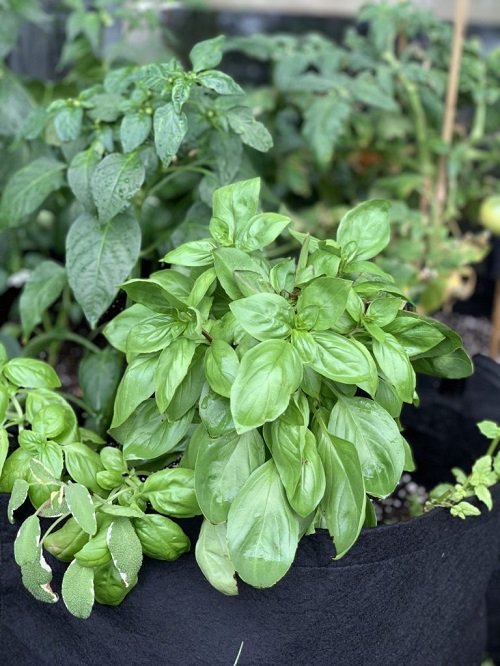
Use freshly picked leaves to make quick pesto sauce to top your pasta. Basil is indispensable for soups, salads, salsas, and even desserts.
How to Grow: Growing basil in pots is easy, and you can even plant it in a small container like other herbs. Here are 11 Pro Tips to Grow Bigger Basil Leaves
5. Allium Porrum
Also known as wild leeks, this Italian vegetable pairs well with bell peppers, garlic, eggs, and even fish. You can try them solo as a sautéed starter dish or toss them blanched in a wholesome vegetable soup.
How to Grow: To grow, choose a pot that is 8-10 inches deep and place it in a spot that receives at least 6 hours of direct sun. See more of it here!
6. Cauliflower
Cauliflower may not sound as Italian as other edibles; this is a versatile ingredient that can be used for adding a crunchy zest to pasta, soups, and roasted side dishes. You can toss it with penne, cook it in fritters or add it to pizza crusts.
How to Grow: Surprisingly, growing cauliflowers in pots is fun and easy; the growing guide is here.
7. Spinach
Feed your Italian spirit with Italian Spinach Recipes. You can sauté this leafy green with olive oil or use it steamed in spinach strata. In addition to being a super-food packed with fiber and vitamins, spinach is also easy to grow in containers.
How to Grow: Here’s our detailed step-by-step growing guide.
8. Red Onions
Red onions have a pungent flavor and are used in almost every cuisine. Italian chefs prefer to bake them with eggplants and oregano.
How to Grow: For growing onions in containers, choose a pot that is at least 8-10 inches deep and as wide as possible. Maintain 3 inches of spacing, and keep the planter in full sun. Here is Everything About Growing Onions In Pots
9. Rosemary
When growing an Edible Italian Garden in containers, don’t miss planting rosemary. It adds a pleasing taste to seafood, meats, baked potato, and practically any dish that could do with a wee bit of garnishing.
How to Grow: Grow rosemary in a 10-12 inches deep pot, and place it in a space that receives ample sunlight and water moderately. Know Secrets To Grow Fuller and Bushier Rosemary here
10. Italian Chicory
Despite bearing a resemblance to cabbage or red lettuce, the maroon-red leaves of radicchio are bitter-tasting and meaty. You can use them in salads, grilled or to make sauces and pasta fillings, or steam them as a side dish to comfort an upset stomach.
How to Grow: Radicchio is quick-growing and hardy and grows well in cool temperatures. In climates with mild winters, winter is the best time to grow this.
Learn Giant Cabbage Growing Tips here
11. Eggplant
Silky, tender eggplant is at the heart of many Italian favorites, including eggplant parm and caponata, not to mention molto pasta and pizza creations.
How to Grow: This tropical vegetable requires warm temperatures and regular watering. Like tomatoes and peppers, growing eggplant is easy in containers.
12. Roma Tomatoes
Regular tomatoes contain more water and less ‘flesh.’ Whereas Plum tomatoes have thick meaty flesh with fewer seeds. You can use them to make sun-dried tomatoes, passata, or bottled tomato sauce.
How to Grow: San Marzano is the most famous Italian plum tomato variety; growing these is similar to other tomatoes.
Check out Best Way to Grow Tomatoes here
13. Thyme
This aromatic herb is used commonly in Italian cuisines and pairs well with chicken and fish recipes. A primary herb in soups and stews, it also complements tomatoes and roasted potatoes.
How to Grow: Like other Mediterranian herbs, thyme prefers warmth; you can also grow it indoors near a sunny window. Also, check the 10 Best Thyme Growing Tips here
14. Squash Flowers
Squash flowers are usually zucchini flowers, they can be eaten raw in salads, sauteed, or one of the most popular preparations is to stuff and fry them, as the delicate petals turn deliciously crispy.
How to Grow: The best part is you can harvest these edible flowers if you’re growing zucchini. Pick up male flowers as they don’t produce the fruits. Learn 5 ways to eat squash blossoms here!
15. Fennel
There are two types of fennel that you can grow: Herb Fennel (Common Fennel) and Florence fennel (Bulb fennel).
The herb fennel’s fragile, fine leaves are often used to garnish salads and roasts, while the bulbs (swollen stem base, which is used as a vegetable) are braised whole or roasted as a crunchy side dish served alongside roasted fish.
How to Grow: Both of them grow similarly, plant them in a minimum 8-10 inches pot and keep the plants in full sun. Check How To Grow Fennel in a Pot here
16. Artichoke
Italians are the number one producer of artichokes in the world. You can add steamed artichokes to soups or roast them with olives and fava beans for a fiber-rich diet.
How to Grow: Growing artichokes is most suitable in regions with mild winters and warm temperatures, like California. Choose a really large container for each plant– a pot that is 36 to 40 inches wide and half deep at least is required.
Check 19 Most Strangest Fruits in the World here
17. Romanesco broccoli
Broccoli is one of the most nutritious vegetables with dark green, crisp, and sturdy florets. You can bake, saute or grill it, or use it in salads or soup; there are myriads of ways.
How to Grow: You can grow one broccoli plant in an 8-10 inches size container. Use well-drained soil and water in a way that soil remains slightly moist during the growing period.
18. Beans
The Borlotti type is a large speckled red bean that is preferred for use in soups; Cannellini, on the other hand, produces beautiful cream-colored beans. Both types can be dried for out-of-season use.
How to Grow: Both of them can be grown in containers, especially the Borlotti beans (also called Cranberry beans). Keep the plants in full sun, and provide support.
19. Oregano
Oregano is not common in Italian recipes as parsley or basil are but still an essential herb. A key ingredient in pizza and pasta, and is often used to add a spicy zest to sauces and most Italian recipes featuring eggs, cheese, olives, or tomatoes.
How to Grow: Oregano grows well in containers, even indoors, if the right amount of sunlight and warmth is available. Keep this pungent herb in full to part sun and water moderately.
20. Parsley
Parsley is an essential Italian herb that can be added to any roast recipe, pasta, or casserole. Chopped fresh parsley leaves pair well with most savory dishes and ethnic recipes from around the world.
How to Grow: Probably one of the easiest herbs you can grow. Grow parsley in a small but wide pot, place this herb in a spot that receives full to part sun, and keep the soil slightly moist.
21. Marjoram
This herb is similar to oregano but milder in taste and can be used interchangeably with oregano.
Leaves, flowers, and tender stem can be added to stews, poultry stuffing, syrups, salad dressings, cheese mixtures for sauces and spreads, seafood, omelets, pizza, and sausages. Check out this article to read on Marjoram Uses in Italian cooking!
How to Grow: Considered an annual herb, growing marjoram is no different than its other Mediterranean cousins. You can also grow it on a windowsill; a small 6 inches pot is sufficient for one plant.

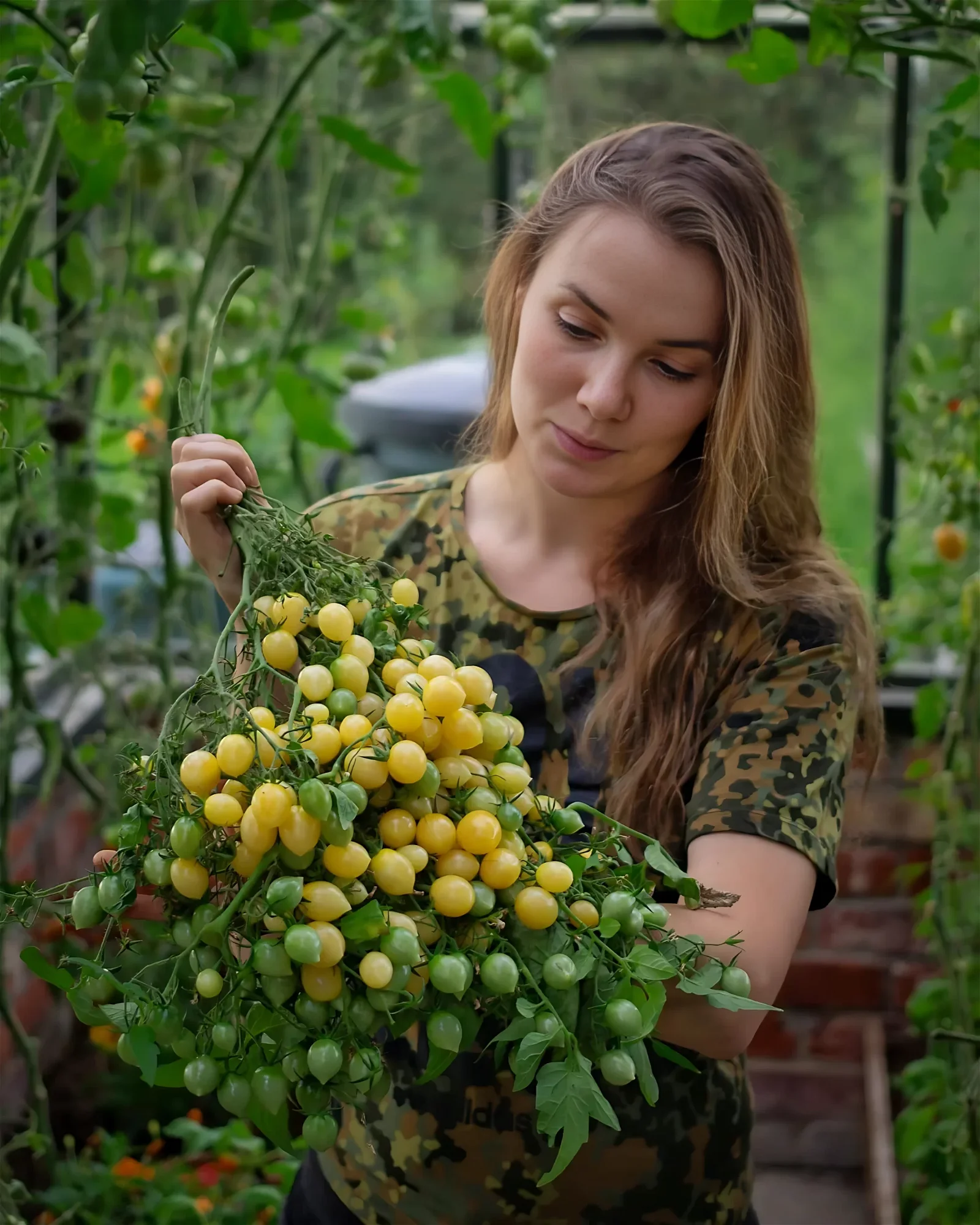

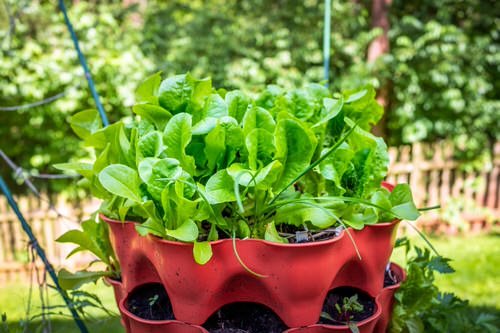
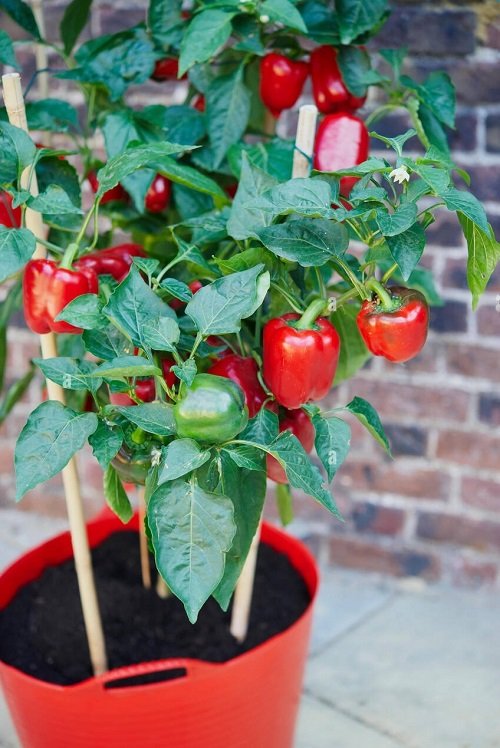


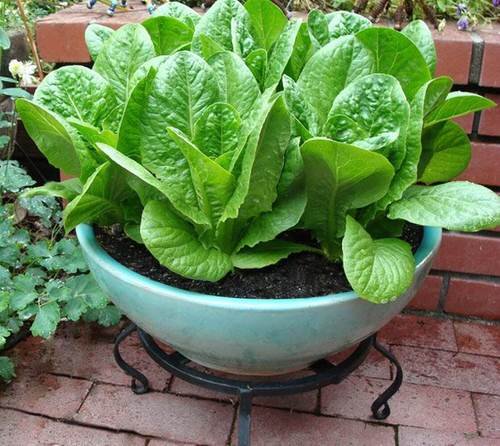
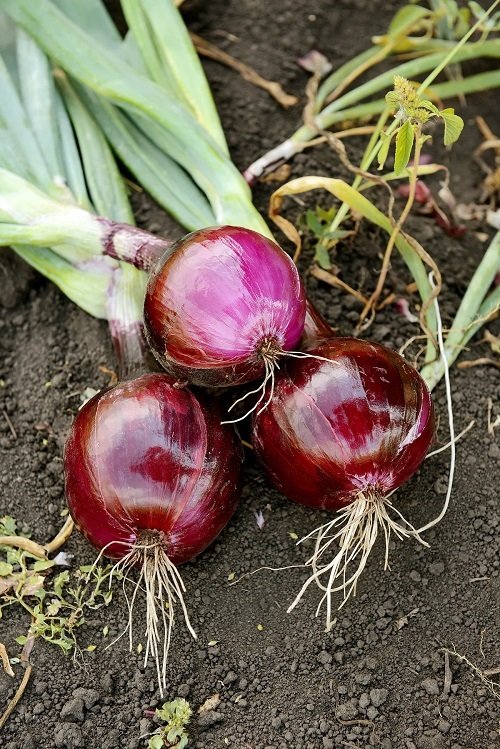
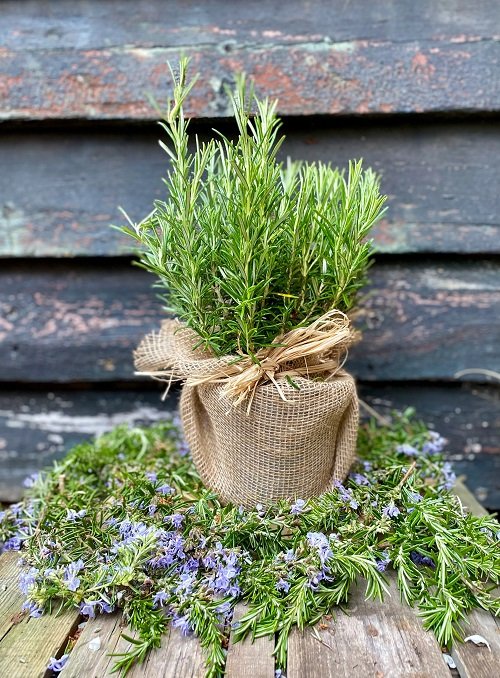
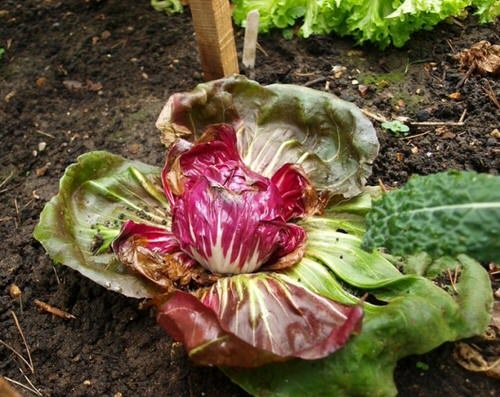
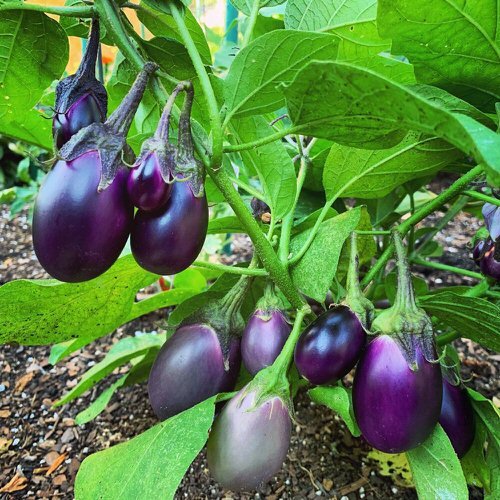
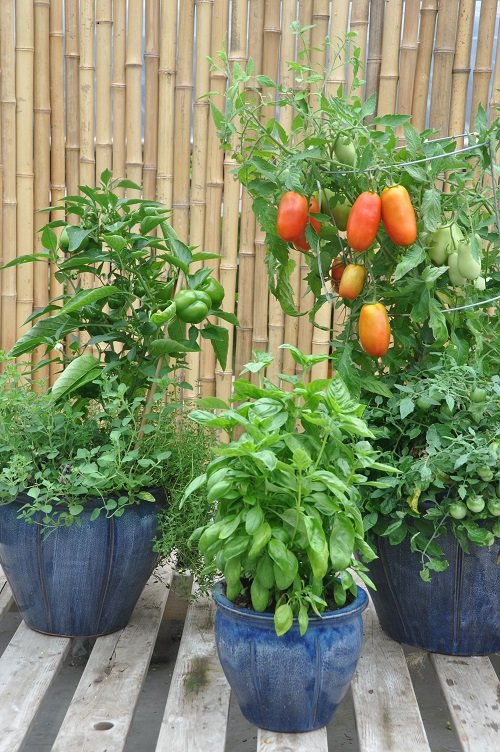



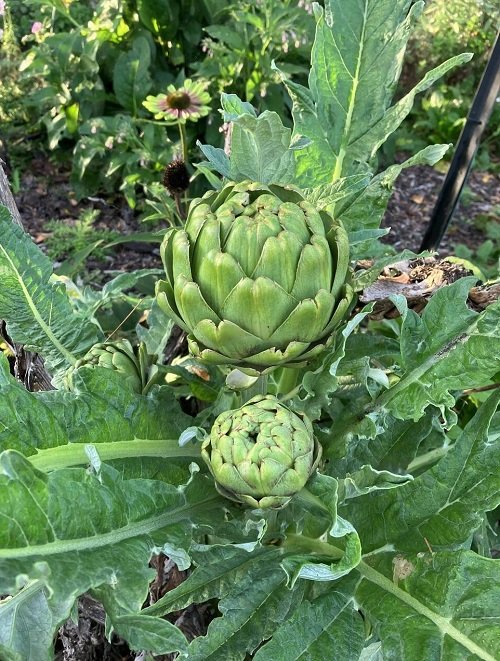

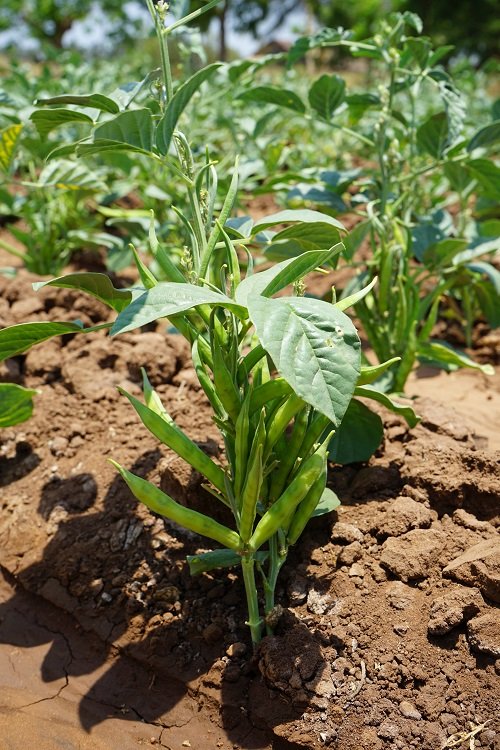
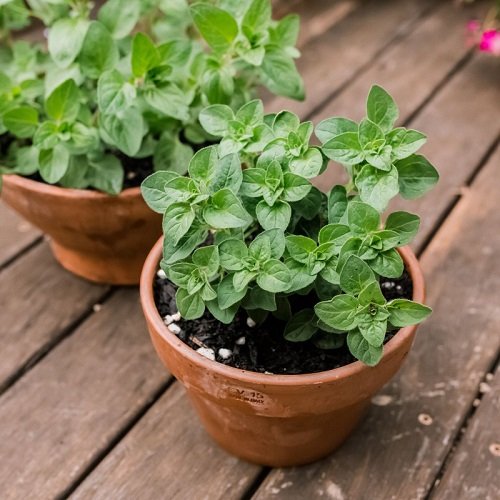

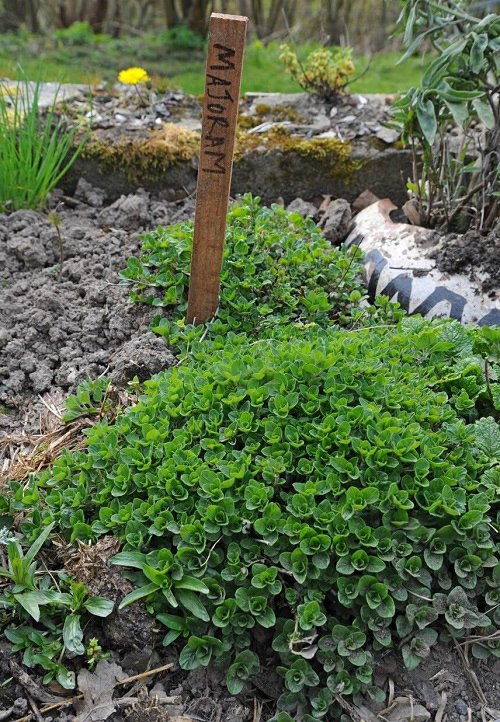

Very helpful article. i am here first time on your blog & i find it very useful. saved as bookmark. Thanks for writing.